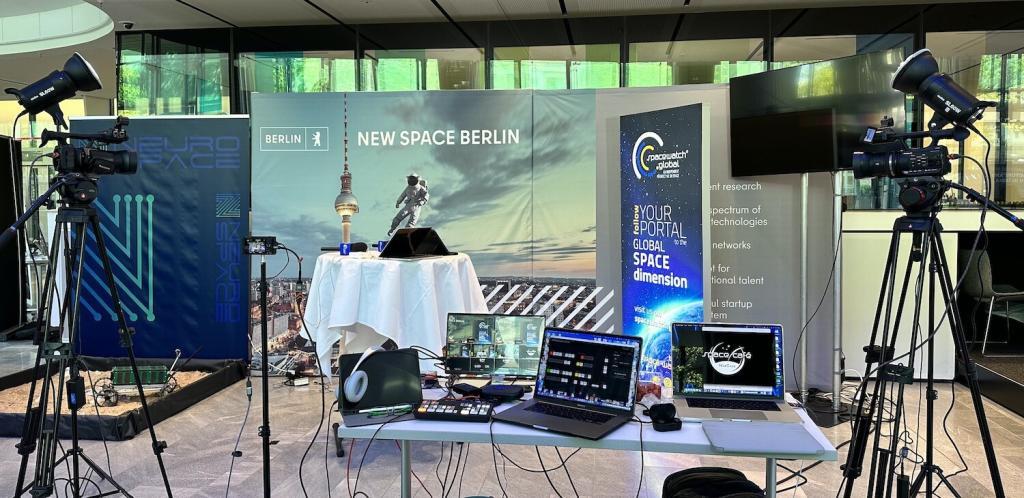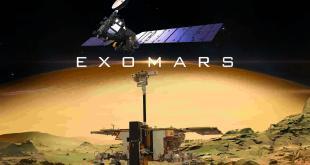Our Space Café “33 minutes with Enrico Stoll and Jens Berdermann – beauty and dangerous aspects of space” took place on Tuesday, 9th May. Prof. Enrico Stoll, Chair of Space Technology at the Technical University Berlin. And Dr. Jens Berdermann, the Acting Director and Department Head of the DLR Institute for Solar-Terrestrial Physics in Neustrelitz. The Space Cafe took place at the 14th IAA Symposium on Small Satellites for Earth System Observation.
Polar Lights
The episode begins with Jens Berdermann describing what polar lights are: ‘continuous stream coming from the Sun at 400 kilometres per second”. This process is mainly driven by the sun, but also the solar wind. The stream reacts with our atmosphere and particles follow the magnetic field lines to the polar region, resulting in different colours depending on the particles of oxygen or nitrogen present.
When we build satellites we’re already taking into consideration charged particles in our space environment, it’s part of the designing process
They continue by describing how they became involved in this field: Jens has “worked on the ionosphere and the ionosphere is strongly affected by space weather. A charged layer 50 up to 100 km high”. It can have an impact on radio signals used in global navigation satellite systems or in communication.
Institute for Solar-Terrestrial Physics
Jens describes the Institute for Solar-Terrestrial Physics where the work is undertaken. There are three departments, one dealing with ground-based observations, the department of modelling, and the asset department. The ground-based observations use their own networks to monitor space weather, alongside space-based data on CubeSat data, small satellite data which are crucial for monitoring space weather forecasting. The department of modelling focuses on the processes of space weather, from the Sun to the Earth and all the interaction processes in the atmosphere. The asset department is focused on applications, they have a pre-operational service called IMPC; this is where they deliver space data and weather data to ESA and the ICAO.
Satellites and solar events
Last year a solar event took out over 30 Starlink satellites. Solar events can have a huge impact on satellites and Enrico discusses some of the challenges. “When we build satellites we’re already taking into consideration charged particles in our space environment, it’s part of the designing process”. In upcoming years when we expand and have more satellites out of the Earth orbit, they won’t be shielded by the geomagnetic belt, this will mean there will be more challenges to shield the satellites and prepare them for these events.
Polar lights are a continuous stream coming from the Sun at 400 kilometres per second
He continues by saying that the atmosphere is getting more dense, and warmer “which means that we have more particles remaining in the atmosphere that are hitting the satellite and means they are dropping even further than they’re supposed to”. As an example if there is a satellite about the size of a washing machine, maybe 100 kilograms, and normally is dropping by one metre a day, but then during a solar max event they were dropping by 30 metres a day. This will have an impact on operations, maybe not in a primary sense, but still a secondary sense.
Impact on Earth
The discussion continues by thinking about the impact that solar events can have on Earth, for example on terrestrial infrastructure, power grids, gas pipelines, or broadcast services. Jens says that it depends on the country. Germany is in a good situation for moderate or strong storms because it’s in the middle altitude. In the case of an extreme event Germany would also be strongly affected, but “we have no data from our networks, but it’s on our wish list. And we would like to look into it and see if this could be a problem”.
To listen to the Space Café WebTalk’s insights, you can watch the full program here:






